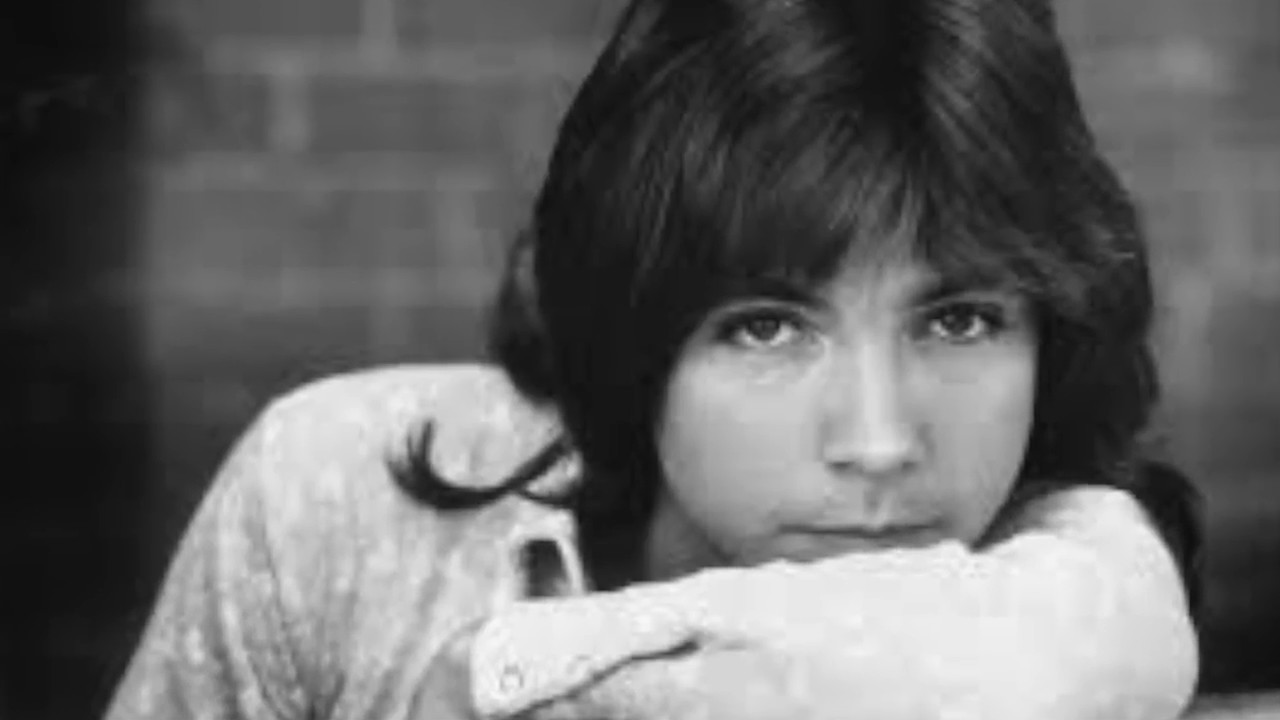
A small, private farewell wrapped in a lullaby — “Ricky’s Tune” is David Cassidy’s intimate, unvarnished confession, a short song that reads like a note left on a kitchen table for someone you once loved.
When you open Cherish, David Cassidy’s debut solo LP from early 1972, the album closes not with a hit but with something quieter: “Ricky’s Tune,” the lone track on the record credited solely to Cassidy himself. This is not a manufactured single aimed at radio; it’s the fragile signature of a young singer stepping out from behind the glossy Partridge Family sheen and writing something small, personal, and oddly brave.
That plain fact matters because it frames everything the song asks of us. “Ricky’s Tune” sits at the end of an album designed to introduce Cassidy as a solo voice, and it is, by contrast, deliberately modest—an acoustic-minded closing that lowers the lights and leans in close. Listeners who remember spinning the LP in the living room will recall how the preceding singles—tighter pop productions destined for the charts—give way to this spare, confiding last track, as if the record itself were handing you a private message before the needle lifts.
The story behind the song is as tender as its melody. Cassidy reportedly wrote “Ricky’s Tune” as a homage to a recently deceased pet and also as a whimsical, bittersweet vignette about leaving a lover while asking that she care for his dog, Ricky—a strange little testament that mixes humor, embarrassment and genuine feeling. That dual impulse—part grief for a small companion, part rueful distance from a romantic entanglement—gives the lyric its odd charm: you’re never sure whether to laugh at the specificity or to be moved by the humility.
It’s also useful to place the song in its commercial context: “Ricky’s Tune” served as the B-side to Cassidy’s May 1972 single pairing with “How Can I Be Sure,” a record that found notable chart success (the single reached No. 25 on the U.S. Billboard Hot 100 and topped the U.K. chart), which means many listeners encountered “Ricky’s Tune” pressed against a more public-facing, radio-friendly A-side. The contrast is telling—the loud, arena-ready pop of the A-side beside this intimate, self-penned coda.
Musically the tune is unassuming by deliberate design. There’s a sense of Cassidy holding back the studio’s impulse to polish: minimal instrumentation, a warm close-mic vocal, and phrasing that sometimes stumbles forward like a remembered sentence. In that economy the small details become everything—the tender line about “Ricky,” the gentle cadence of a chorus that sounds less like triumph than like a man giving instructions before he walks out. For older listeners who remember the era’s shiny teen-idol façades, hearing Cassidy write and place such a candid little song at his album’s close reads like a private reconciliation: the star publicly admitting the fragilities we all carry in private.
There is a peculiar bravery in the song’s domesticity. Pop music often seeks the universal in grand metaphors; “Ricky’s Tune” insists on the opposite: a small, local truth about naming what you value. That makes it especially resonant for listeners now older—people who know the weight of household vows, dog-eared promises, and the odd, undramatic rituals that stitch years together. The track suggests a man who knows how to leave, but who cannot bear the thought that his little companion might be neglected. It’s funny and plaintive and, in its way, utterly human.
Finally, because the song is Cassidy’s own composition, it functions as a kind of autobiographical footnote in a career often mediated through television and manufactured pop. “Ricky’s Tune” is the voice of the songwriter revealed—lightly self-mocking, emotionally honest, and remarkably intimate. For anyone who carried Cassidy’s records through the rooms of their life, this short closing song can act like a found letter: a small, private thing that, for all its modesty, remembers you back.